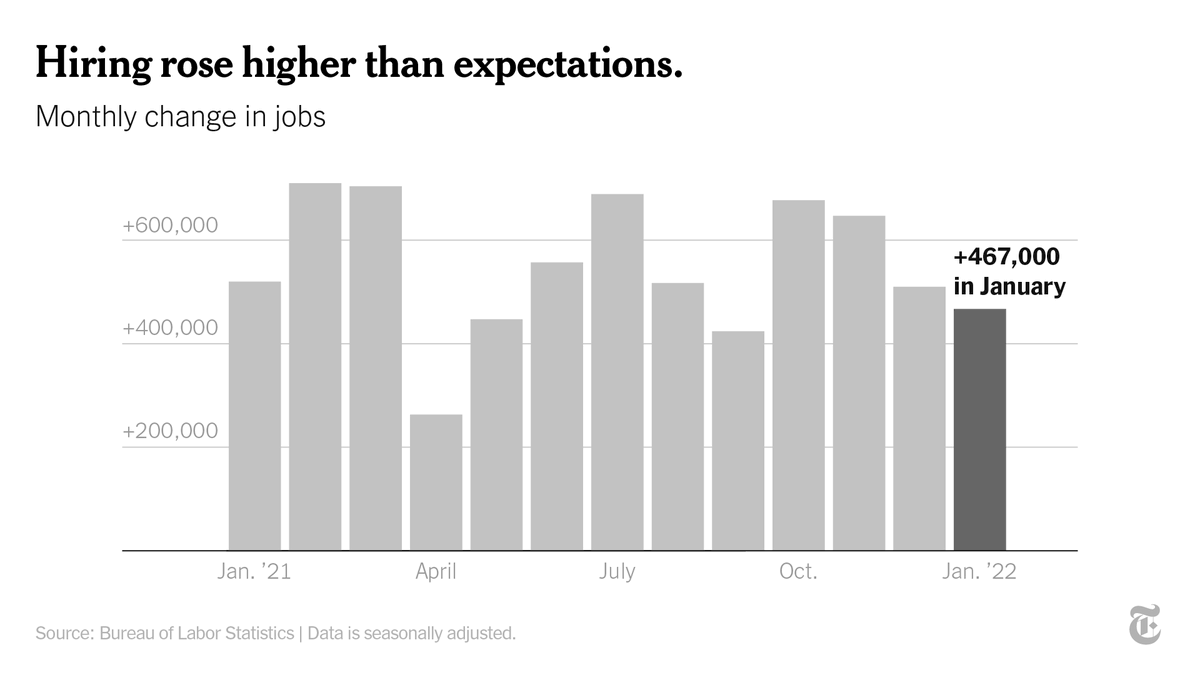
For the first time, the quadruple jump could be essential for Olympic medals in women’s figure skating. It’s a Russian specialty and they are expected to land several in Thursday’s free skate, the only program in which they are allowed to perform quads. nyti.ms/3uVk5h5
The Russian women are so good at those quads that even the top male skater, the Olympic gold medalist Nathan Chen, said he did not want to compete against them. “They are so awesome that I think they’d beat all of us,” he said with a laugh. nyti.ms/3uVk5h5 

Men have been landing quadruple jumps for years, beginning in 1988. But on the women’s side, the advent of the jump and its necessity for success is relatively new and has shaken up the sport. nyti.ms/3uVk5h5 

What sparked this quad era in women’s skating was a monumental performance from the Russian skater Alexsandra Trusova one month after the 2018 Olympics, when she was 13. Trusova, now known as the Quad Queen, last fall landed five quads in one long program. nyti.ms/3uVk5h5
Quads are worth many more points than other jumps. Landing them — even poorly — gives that skater a huge advantage over her competition. For the same jump, a skater who performs a quad could score more than twice the amount of a triple. nyti.ms/3uVk5h5
In 2018, the triple axel was a rare feat for women. Now, that isn't enough to compete with the Russians, who have gone out of their way to use the points system to their advantage and push the technical limits of figure skating year after year. nyti.ms/3uVk5h5 

Kamila Valieva of Russia recently became the first woman to land a quad at the Olympics. The question now is whether she can perform at her usual high caliber after being swept up in a doping scandal that nearly cost her the right to compete in Beijing. nyti.ms/3uVk5h5 

Arbitrators ruled on Monday that Valieva could skate, but that no medals ceremony would take place if she won a medal. After Tuesday’s short program, she was in first place. Her performance will be closely watched during Thursday’s free skate. nyti.ms/3uVk5h5
• • •
Missing some Tweet in this thread? You can try to
force a refresh










